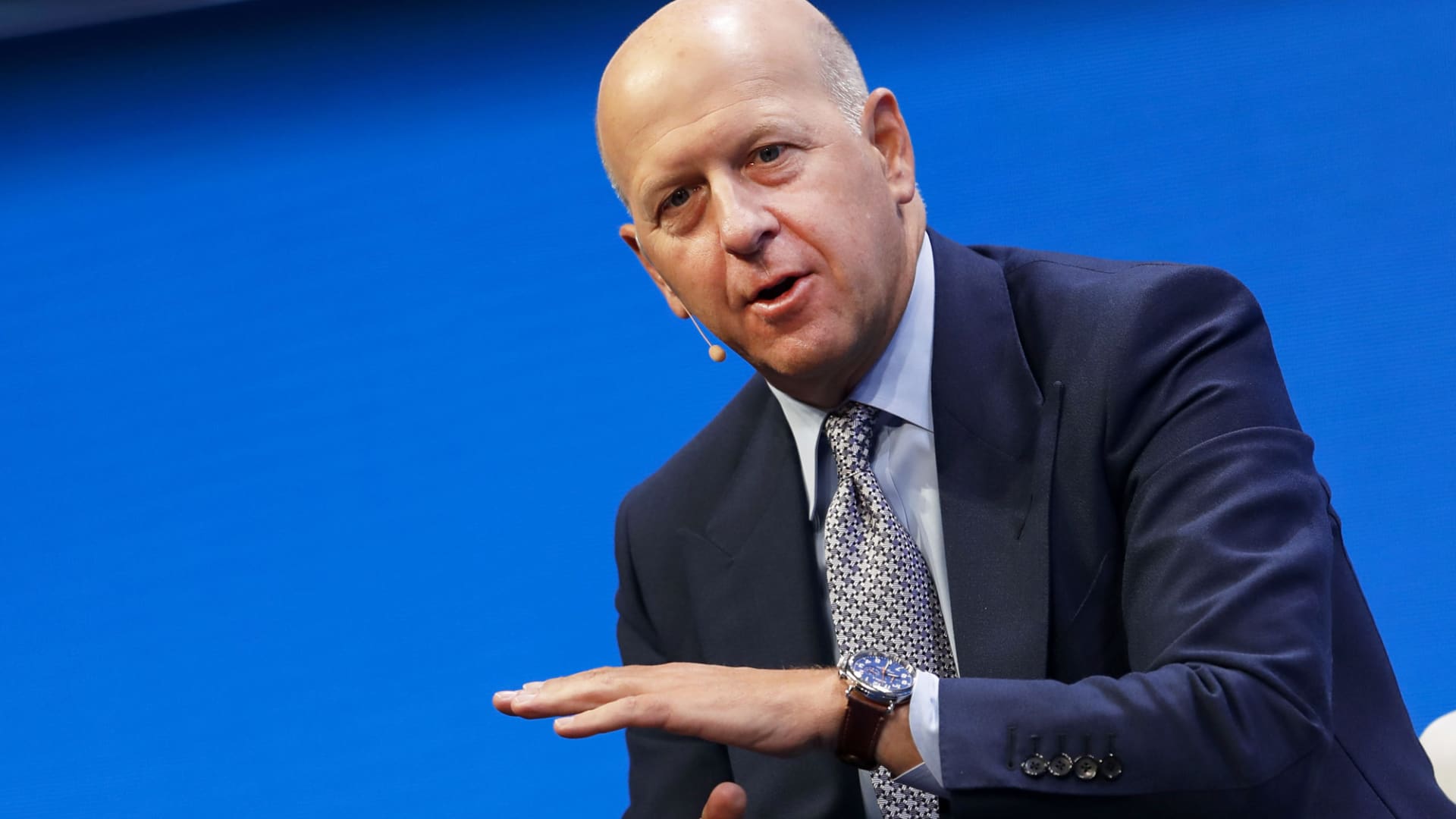The PC market needs another reinvention — is Microsoft’s Surface up for it again?
The future of PCs looks like the Surface Pro X, and Microsoft had better make it work. | Photo by Vjeran Pavic / The VergeIt’s easy to forget now, but Microsoft’s first Surface was a huge risk. By diving...
/cdn.vox-cdn.com/uploads/chorus_asset/file/19346793/vpavic_191101_3747_0024.jpg)
It’s easy to forget now, but Microsoft’s first Surface was a huge risk. By diving into the PC market, Microsoft was competing with its Windows partners. By combining laptop and tablet, it was trying to create an entirely new device category. And by designing new software for Arm-powered Windows computers, it was betting that the mobile era would change the way laptops work and the way people use them.
Microsoft didn’t get it all right, and it took a couple of years for the Surface line to really hit its stride. But a decade in, you can’t argue with the results: the Surface worked. Not only did the whole “attach a keyboard to your tablet and now it’s a laptop” idea become commonplace around the industry, but Surface also became a big business for Microsoft. The Surface Studio is still one of the most ambitious desktop PCs ever made, and even the more straightforward Surface Laptop is a winner. The Surface Pro 8 is a bit expensive, but it’s one of the best Windows PCs you can buy.
A decade in, you can’t argue with the results: the Surface worked
Microsoft is set to announce a lineup of new Surface products this week as it celebrates the 10-year anniversary of the product. Rumors and leaks suggest we might see a new Surface Studio and a Surface Laptop 5 and Surface Pro 9 with some performance improvements. They’ll surely be nice devices and worthy competitors in the ever-crowded Windows market.
The timing of this event is both terrible and tantalizing for Microsoft. Terrible because the PC market is flagging hard after a huge pandemic boost — everybody bought new computers in 2020 and 2021, it seems, and so far isn’t looking for another upgrade). Tantalizing because the market is once again in need of a big new idea about how PCs are supposed to work. Microsoft reinvented them once; can it do it again?
In recent years, Microsoft has shown off a couple of devices that might fit the bill. In 2019, it made a big push into dual-screen and foldable devices with the Surface Pro X, Surface Neo, and Surface Duo. The Surface Neo died before it hit the market, while the Surface Duo has gotten steadily better over the last couple of years.
The Surface Pro X was that event’s most interesting announcement — an excellent next-generation PC, thinner and cooler and Arm-powered — but it just couldn’t escape its app compatibility and performance problems. Microsoft has been interested in these kinds of devices since at least the Courier days, though, and as foldable phones continue to improve and gain traction, we likely haven’t seen the last of Microsoft’s efforts here.
The other device Microsoft hasn’t quite figured out is the Surface Go, the smaller, lighter, and less expensive model in the lineup. The Go could, and maybe should, be Microsoft’s best answer to the iPad and Chromebook — an actually tablet-like tablet with all the extra productivity that comes with Windows. Even the third generation of Surface Go was crippled by its high price and bad battery life, though. Microsoft just hasn’t quite nailed the balance of performance, portability, and price.
Photo by Becca Farsace / The Verge
For Microsoft to push the boundaries of the PC market again, it’s going to have to figure out how to make Arm-powered Windows computers work. It has to keep working on devices like the Pro X because that’s where the future is headed. The gap between phones and computers is collapsing, and people want laptops that boot faster, last longer, and work everywhere. Because Arm processors run more efficiently and interact with cellular connections, Arm-powered devices can come in all sorts of thinner, lighter, and more interesting shapes. But, of course, nobody cares unless those devices work. That means solving battery life problems, it means improving general Windows performance on these lower-powered chips, and, most of all, it means fixing app compatibility.
This is obviously not lost on Microsoft — it’s just that the company hasn’t done it very well. The company has been working on various “Windows on Arm” projects for years, even building a native Arm version of Visual Studio and the “Project Volterra” developer kit that developers can use to test their apps on Arm systems. Microsoft has also tried over and over to make a “lighter” version of Windows: first, it was Windows RT, then it was Windows 10X, but neither could succeed without a better app ecosystem.
Windows 11 brought some of those lightweight vibes to the overall operating system, and the most recent update to the OS improves the situation even further. The Windows Store continues to grow, too. You’d never confuse Windows with something like iPadOS or ChromeOS when it comes to simplicity and efficiency, but Microsoft is moving in the right direction here.
What the market needs from Microsoft — what it has needed for years — is a true flagship Arm device. The one that gets it right, that pairs performance and battery and makes it clear that the era of the ultra-mobile, ultra-functional PC is actually here. That’s what would push developers to make their apps work on those devices, manufacturers to actually invest in Arm devices, and users to rethink the way their laptops fit into their lives.
Whether the hardware, the software, or the chips are ready to make that leap is hard to say. But that’s where things are headed. And if Microsoft wants its second decade of Surface to be even bigger and more important than the first, that’s where it needs to go.
And if that device happened to have two screens or fold in some rad and new way? I wouldn’t complain about that, either.

 BigThink
BigThink 



























![The Most Commonly Used Passwords [Infographic]](https://imgproxy.divecdn.com/6ARZVtli40OLhg3H5g06jpg3VjNIF30pM_NrHF_1DLM/g:ce/rs:fit:770:435/Z3M6Ly9kaXZlc2l0ZS1zdG9yYWdlL2RpdmVpbWFnZS9wYXNzd29yZF9pbmZvMi5wbmc=.webp)



![Are You Still Optimizing for Rankings? AI Search May Not Care. [Webinar] via @sejournal, @hethr_campbell](https://www.searchenginejournal.com/wp-content/uploads/2025/06/1-1-307.png)
